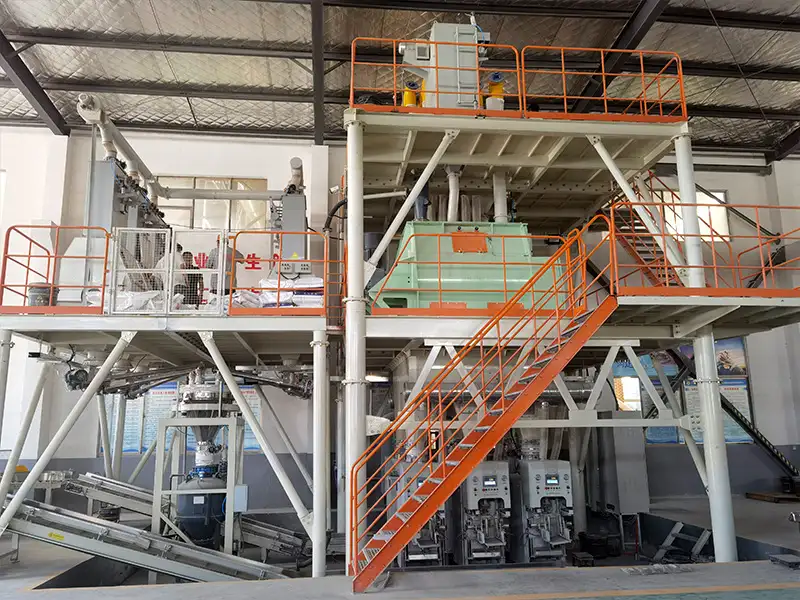Outlook on the Development Prospects of Dry-Mix Mortar Production Lines
As an important part of the modern building materials industry, the development prospects of dry-mix mortar production lines are deeply integrated with the transformation and upgrading of the construction industry and the concept of green development, showing a broad market space. With the acceleration of the construction industrialization process, traditional on-site mixed mortar is gradually being eliminated due to problems such as unstable quality and resource waste. Dry-mix mortar, with its advantages of standardized production and controllable performance, has become the mainstream choice to replace traditional processes.
Jul 14,2025

As an important part of the modern building materials industry, the development prospects of dry-mix mortar production lines are deeply integrated with the transformation and upgrading of the construction industry and the concept of green development, showing a broad market space. With the acceleration of the construction industrialization process, traditional on-site mixed mortar is gradually being eliminated due to problems such as unstable quality and resource waste. Dry-mix mortar, with its advantages of standardized production and controllable performance, has become the mainstream choice to replace traditional processes. At the policy level, various regions continue to promote construction standardization and green building certification systems, and the environmental protection characteristics of dry-mix mortar production lines are highly consistent with policy orientations. Through processes such as centralized mixing and closed transportation, production lines significantly reduce dust emissions and construction waste, which meets the industrial upgrading needs under the "dual carbon" goals. At the same time, the implementation of national strategies such as prefabricated buildings and new urbanization construction provides stable market demand support for dry-mix mortar. Technological innovation is driving production lines towards intelligence and intensification. Currently, production lines have realized full-process automated control from raw material proportioning, mixing to finished product packaging. Some enterprises have introduced industrial Internet platforms, optimized production parameters through data analysis, and reduced energy consumption costs by more than 15%. In the future, with the application of technologies such as AI visual inspection and robotic palletizing, production lines will further enhance flexible production capabilities to meet the demand for diversified mortar products. The market pattern presents the dual characteristics of regional expansion and deepening of segmented fields. In developed regions such as the Yangtze River Delta and the Pearl River Delta, dry-mix mortar production lines have formed large-scale clusters; in central and western regions, with the increase in infrastructure investment, the construction of production lines has entered an acceleration period. The growing demand in the field of special mortars, such as thermal insulation mortar and decorative mortar, is promoting the upgrading of production lines towards multi-functional and customized directions, and the added value of products has significantly increased. The trend of collaborative development of the industrial chain is obvious. Upstream mining resource enterprises have established strategic cooperation with downstream building materials suppliers to realize supply chain integration through the optimization of production line layout. Some enterprises are exploring the networked operation mode of "production base + distribution center" to shorten the service radius and improve the response speed. The improvement of this industrial ecology has laid a solid foundation for the sustainable development of dry-mix mortar production lines. Overall, dry-mix mortar production lines are in a critical stage of quality improvement and structural optimization. Driven by policy support, technological innovation, and market demand, the industry will move towards high efficiency, low carbon, intelligence, and flexibility, providing important support for the modernization of the construction industry.
PREVIOUS:

